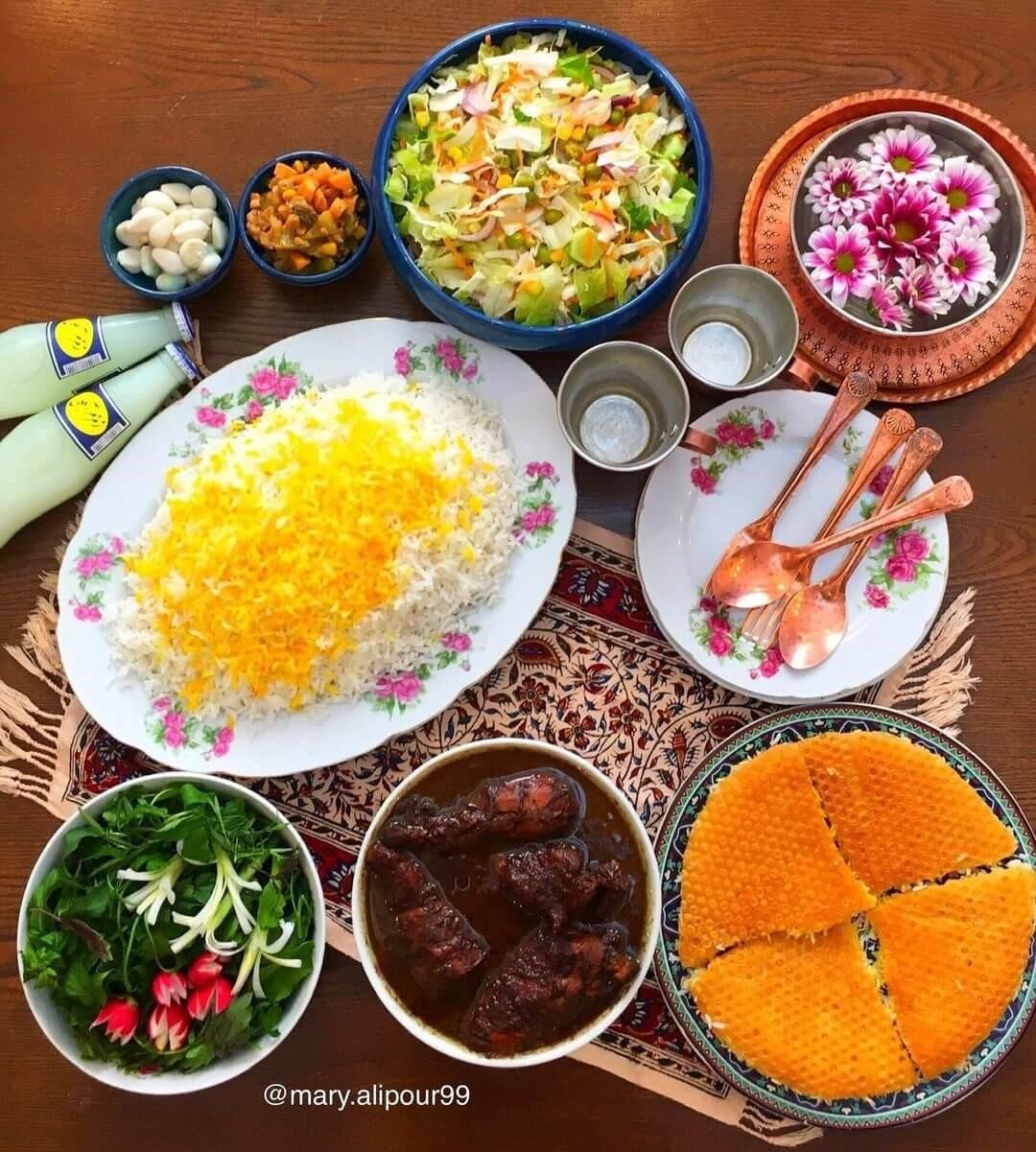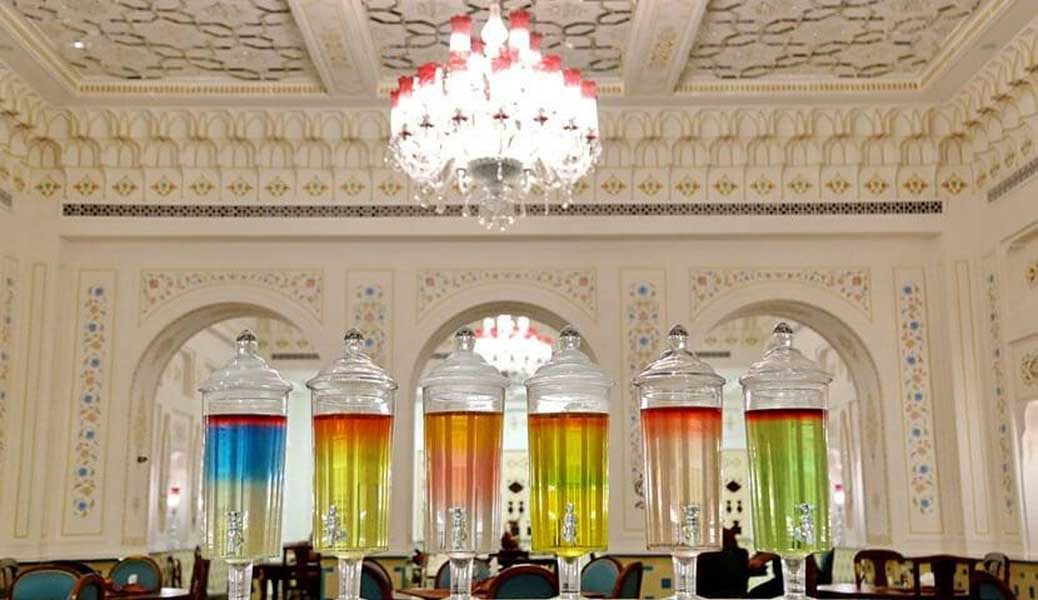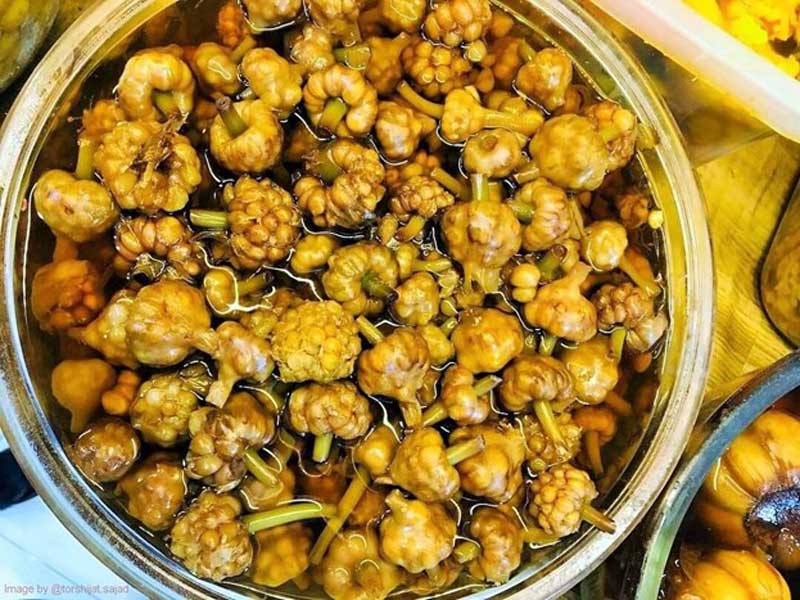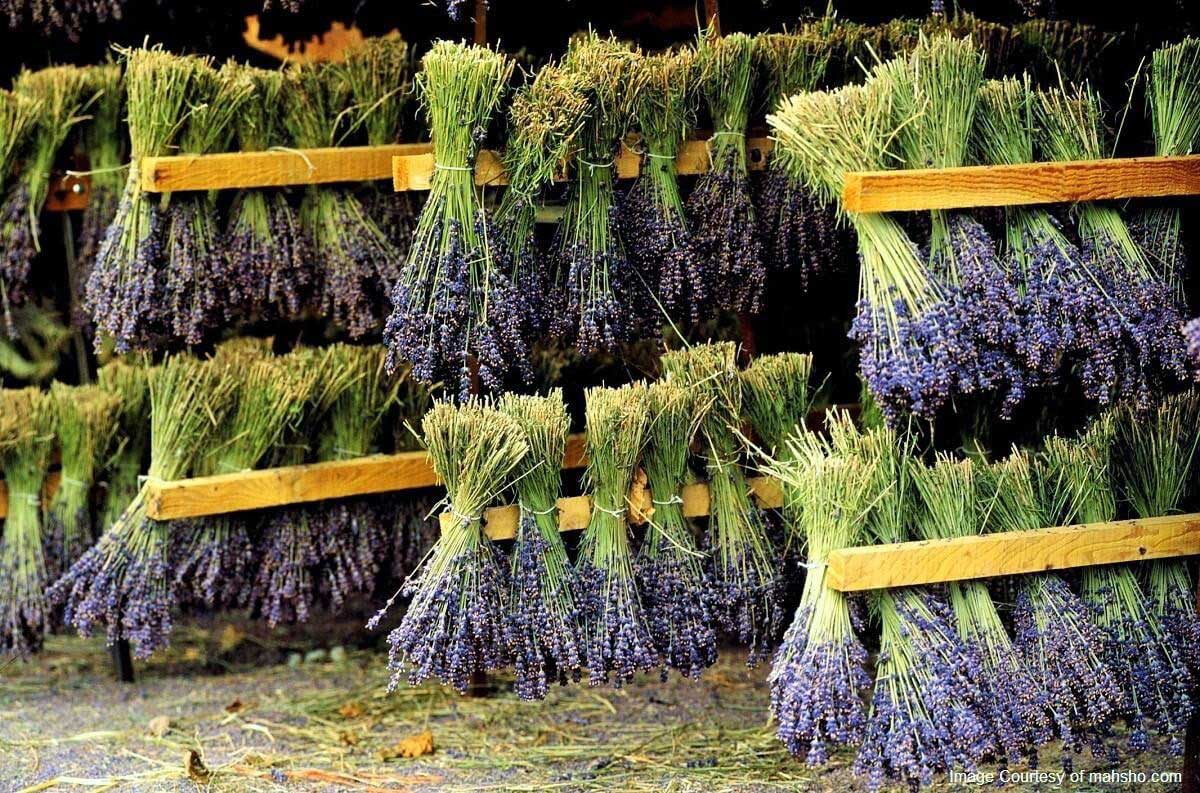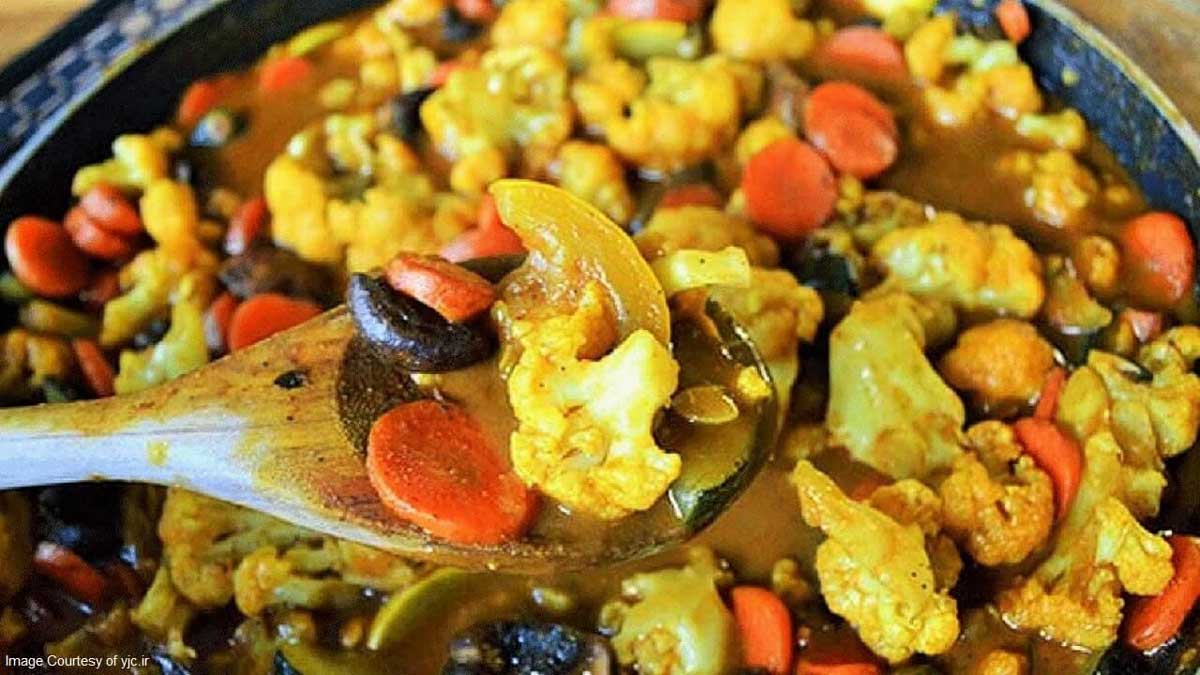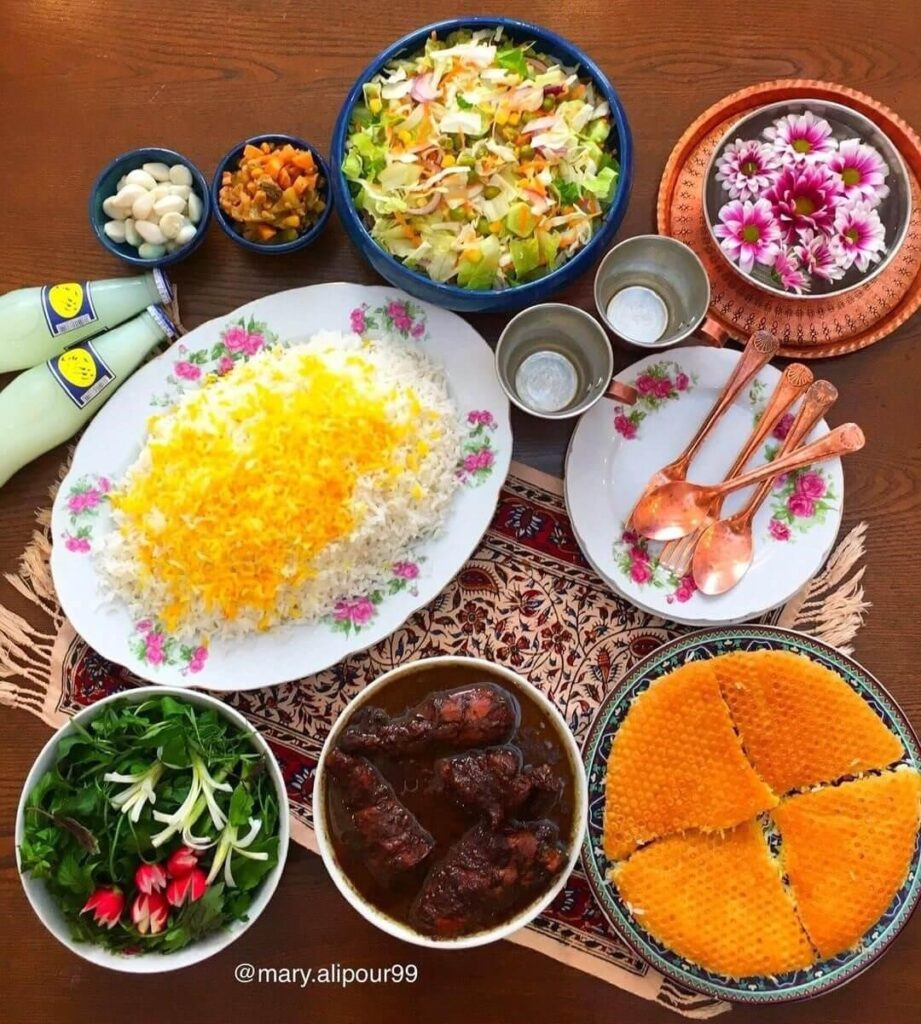
The food we eat directly impacts our health, making it an important element in our life. Perhaps the reason for the popularity of Iranian food in the world and in Iran is its positive impact on health. In the context of traditional Iranian medicine, climate and weather conditions of each region play a vital role in the selection of food and formation of recipes.
Considering the diversity of climate and weather conditions across regions of Iran, food preferences and availability of raw ingredients dictate food recipes in a specific region. Therefore, the people of each region have developed unique food recipes in accordance to available raw materials and their own preferences. In this way, fulfilling the most basic human need can also have health benefits for people.
Reasons for the Popularity of Traditional Iranian Food
By examining a variety of traditional foods and local recipes, we detect interesting features that explain why people prefer traditional Iranian foods. In the following, we mention some of these reasons:
Using Healthy and Natural Ingredients
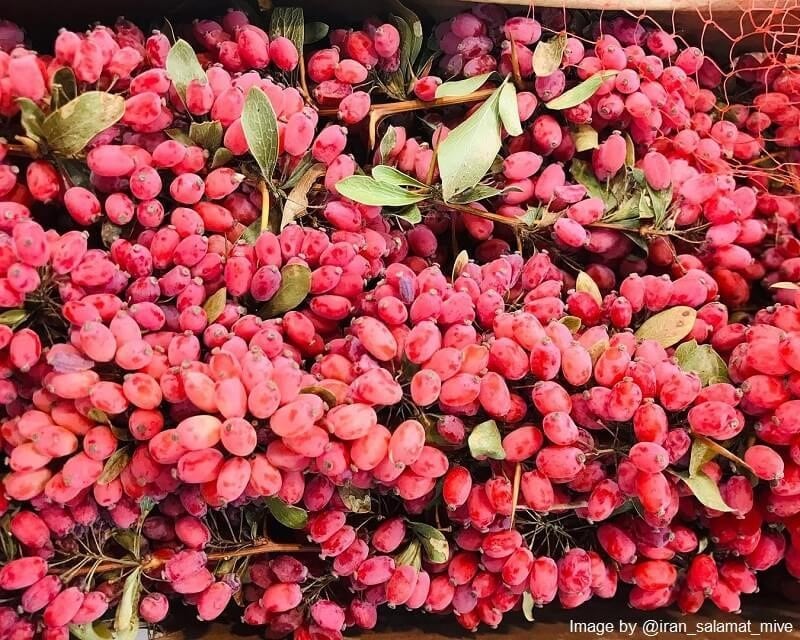
The raw ingredients for most traditional and local dishes include various types of meats, nuts, vegetables and spices. Most of these ingredients are local produce and are prepared or grown by farmers and local businesses.
Fresh Ingredients
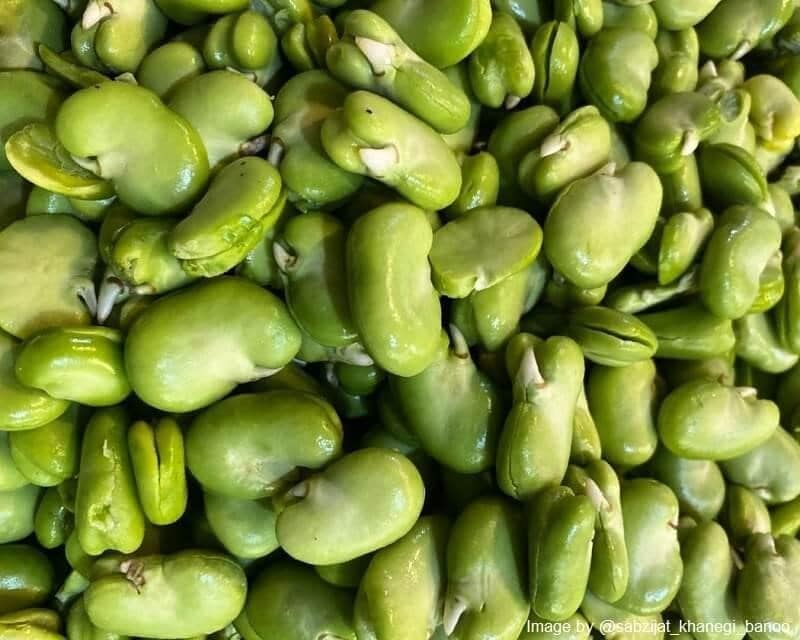
Most local farmers harvest their raw materials every year, and use fresh ingredients from their agricultural farms.
Healthy Cooking Methods
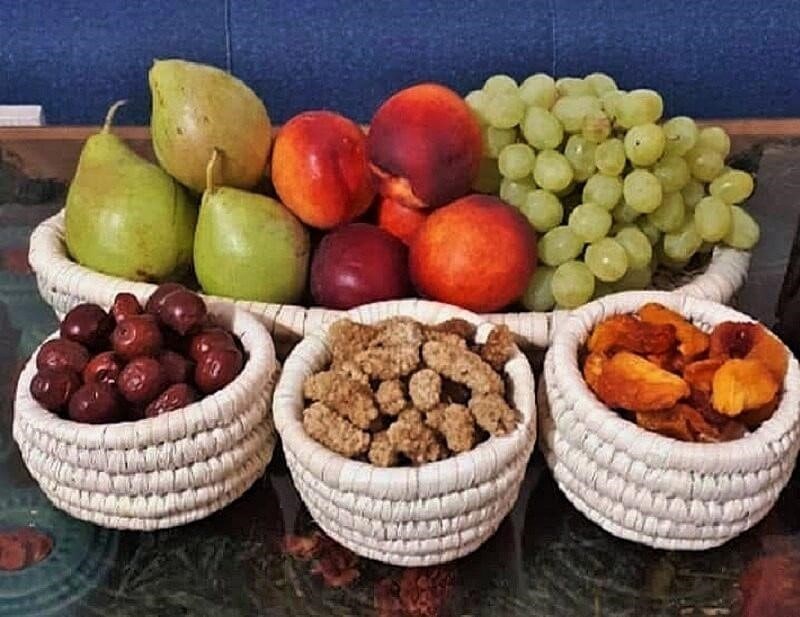
Traditional Iranian food recipes use healthy cooking methods. In these recipes, the goal is to follow the recommendations of traditional Iranian medicine, taking into account the hot and cold temperament of the ingredients. For example, raisins or dates are added to cooked rice because rice has a cold temperament.
Serving Tasty Side Dishes
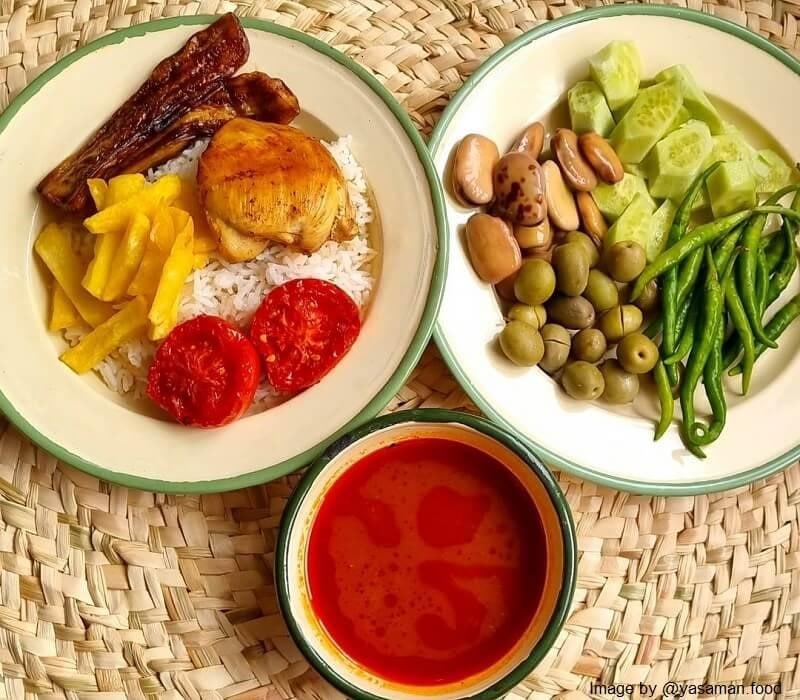
In Iran, we enjoy a lot of side dishes with every meal. Some favorites include pickled vegetables, various salads, Sabzi Khordan (a mix of edible vegetables), yogurt, olives, and drinks like Doogh (Ayran, a yogurt-based drink). These side dishes improve the taste of the main dish, make the table look more attractive and increase people’s appetite.
Lack of Chemical Additives
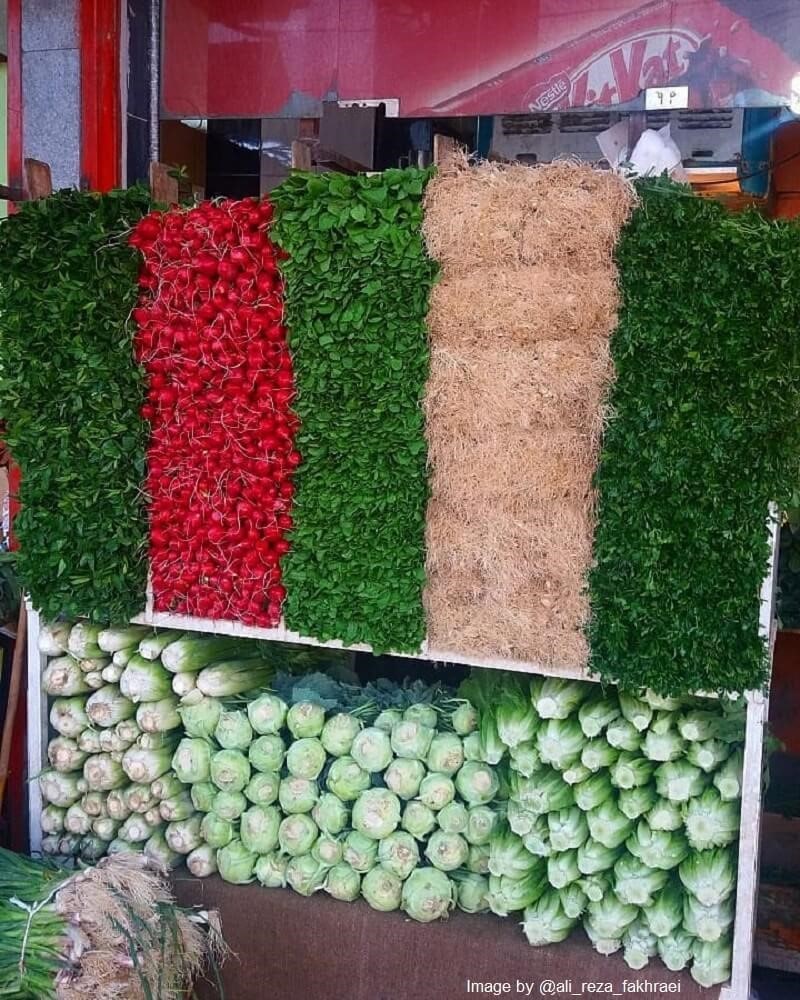
As you know, most canned and fast foods contain preservatives that increase their shelf life. These preservatives can endanger people’s health in cases of excessive consumption. On the other hand, traditional Iranian food always use fresh ingredients and there have been no reports of food poisoning by traditional foods.
Low Price of Traditional Food Ingredients
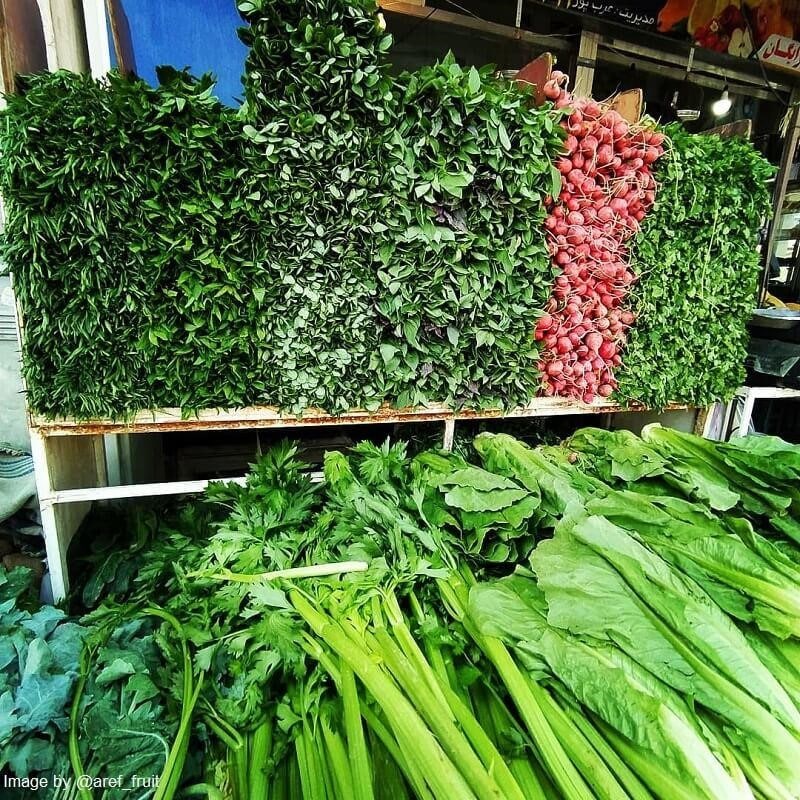
Traditional foods are priced more reasonably compared to industrial food. That is because they are prepared with local and available raw materials.
Balance of Salt and Fat in Traditional Food
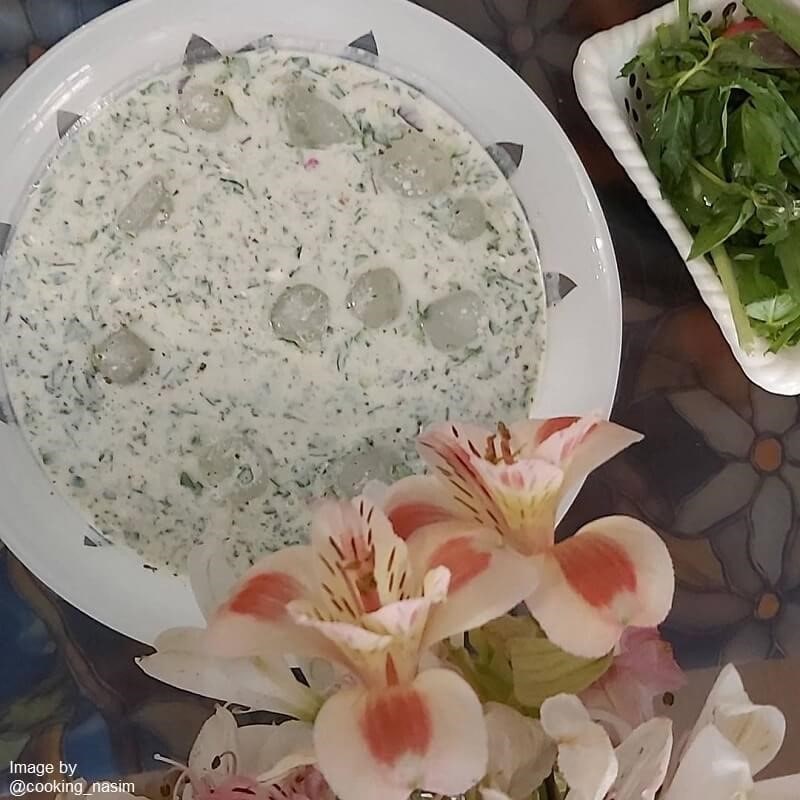
Traditional foods are healthier than fast foods in terms of oil and fat content. It is said that fast foods contain 5 to 7 times the amount of calories in comparison to traditional foods. In this instance, we can say with a high degree of certainty that this amount of calories comes from the excessive fat and salt in fast foods and ready-to-eat meals.
Local Food Movement and Traditional Iranian Food
Local food movement is part of the responsible tourism movement with the aim of developing and expanding local food networks and improving local economies. The movement believes local foods have a positive effect on the environment, people’s health and society.
The goal of this movement is to examine the relationship between producers, distributors, retailers and consumers in a local setting. The locals cooperate in a neighborhood to improve food security, ensuring the economic, environmental and social stability of the local community.
The Relationship Between Traditional Iranian Food and Culture
One of the important factors in promoting and revitalizing traditional Iranian food is paying attention to their cultural and psychological elements. In this sense, these foods have more than just nutritional value.
The traditional indigenous foods in Iran can serve to preserve and promote the ethnic, racial and national identities of the Iranian communities. It should be noted that consumption of ethnic foods, in addition to having a positive effect on the population’s nutritional intake, is a vital factor for bonding between generations. This connection can be achieved through the transference of cultural messages and inspiring activities and freshness in cooking and eating and paying attention to the culture of table manners.
Taste Traditional Iranian Food in Local Settings
Self-sufficiency and the utilization of local assets have always led to significant economic benefits. When it comes to traditional foods, there is also a discussion of health in addition to economic benefits. This is one of the reasons for the popularity of traditional Iranian foods. You can get to know a variety of traditional foods with their unique taste and color when traveling to different regions of Iran.
If you are interested in traveling to Iran, we recommend you to use an Iran tour package to get the most out of your experience. Destination Iran introduces tangible and intangible tourist attractions of Iran and invites you to learn more about traditional Iranian food.






